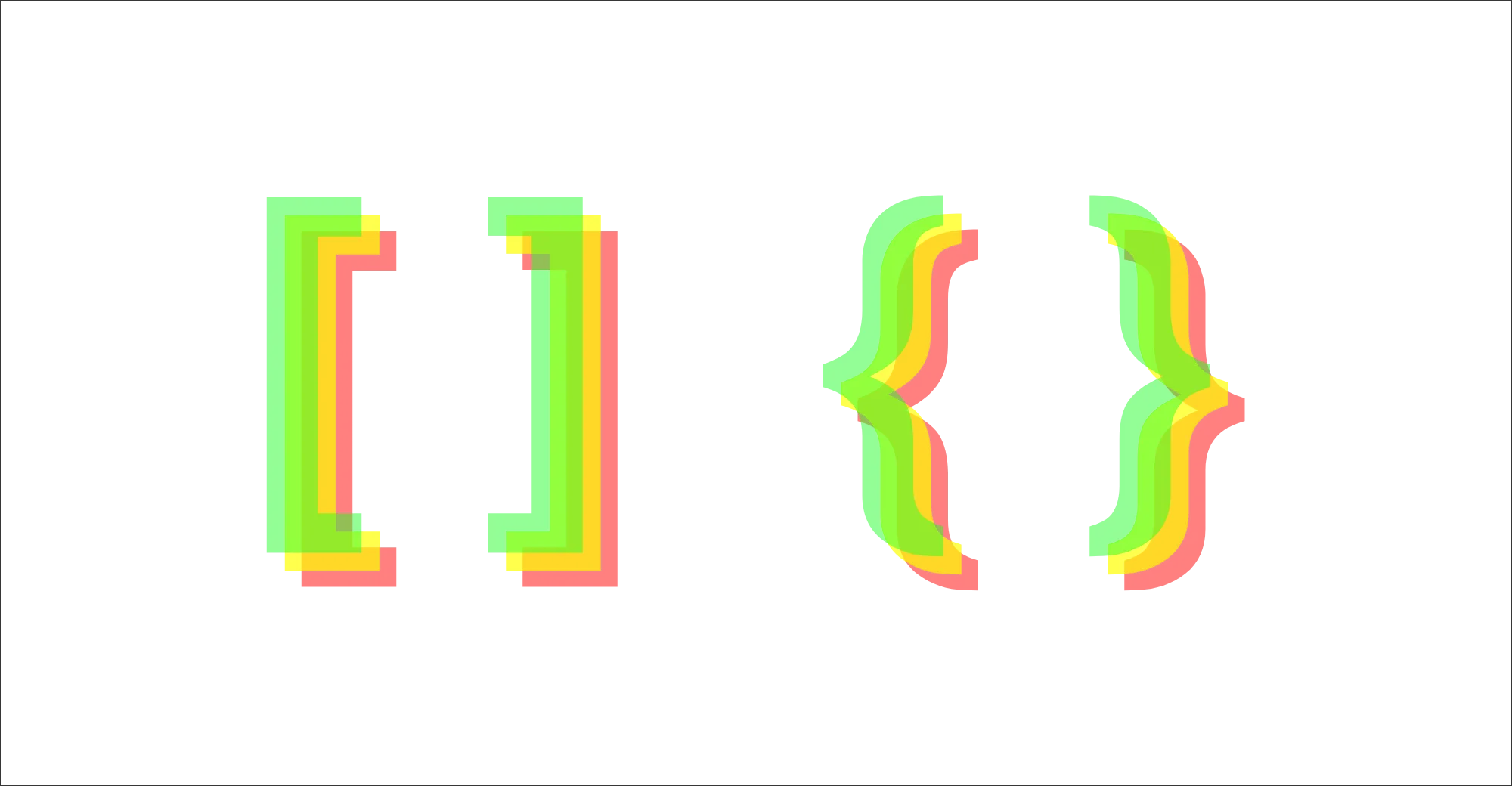JavaScript provides many data structures for developers to choose from. Two of the most commonly used data structures in JavaScript are Map and WeakMap. Although both of these data structures have similar functionalities, there are some key differences that set them apart. In this article, we'll explore these differences and help you choose the right data structure for your needs.
Understanding Maps
Maps are a type of data structure that allows developers to store key-value pairs. In other words, they allow you to associate values with keys in a way that's easy to access and manipulate. Maps are similar to objects in JavaScript, but they have a few key differences. For example, Maps can use any value as a key, including objects and functions, whereas objects can only use strings or symbols as keys.
To create a Map, you can use the Map() constructor, like this:
const myMap = new Map();
You can also initialize a Map with key-value pairs using an array of arrays, like this:
const myMap = new Map([
["key1", "value1"],
["key2", "value2"],
]);
Once you have a Map, you can add or update key-value pairs using the set() method, like this:
myMap.set("key3", "value3");
You can also retrieve values from a Map using the get() method, like this:
const value = myMap.get("key1");
Understanding WeakMaps
WeakMaps are similar to Maps in that they also allow you to store key-value pairs. However, they have some key differences that make them useful in different situations.
The most significant difference between WeakMaps and Maps is that WeakMaps only allow objects as keys, and those objects are held weakly. In other words, if there are no other references to an object used as a key in a WeakMap, that object will be garbage collected, and the corresponding value will be automatically removed from the WeakMap. This can be useful in situations where you want to associate data with an object that may be destroyed, like a DOM node.
To create a WeakMap, you can use the WeakMap() constructor, like this:
const myWeakMap = new WeakMap();
You can also initialize a WeakMap with key-value pairs using an object, like this:
const myObj = {};
const myWeakMap = new WeakMap([[myObj, "value"]]);
Once you have a WeakMap, you can add or update key-value pairs using the set() method, like this:
myWeakMap.set(myObj, "new value");
You can also retrieve values from a WeakMap using the get() method, like this:
const value = myWeakMap.get(myObj);
Differences Between Maps and WeakMaps
Now that we've covered the basics of Maps and WeakMaps, let's explore the differences between these two data structures.
- Key Types: Maps can use any value as a key, including strings, numbers, objects, and functions. WeakMaps can only use objects as keys.
- Garbage Collection: Objects used as keys in WeakMaps are held weakly, which means they can be garbage collected if there are no other references to them. This can be useful for situations where you want to associate data with an object that may be destroyed, like a DOM node. Maps do not have this feature and will keep keys and values in memory until they are explicitly deleted.
- Iteration: Maps can be iterated over using methods like
keys(),values(), andentries(). WeakMaps do not have these methods because they are not enumerable. This means that you cannot iterate over a WeakMap to retrieve all of its keys or values. - Size: Maps have a
sizeproperty that returns the number of key-value pairs in the map. WeakMaps do not have asizeproperty because the number of key-value pairs is not fixed and can change based on garbage collection. - Performance: WeakMaps have additional garbage collection overhead, so they can be slower than Maps. If performance is a concern, Maps may be a better choice.
When to Use Maps
Maps are a good choice when you need to store key-value pairs and want to use any type of value as a key. Maps are also a good choice when you need to iterate over the keys or values in a predictable order, or when you need to get the number of key-value pairs in the map.
When to Use WeakMaps
WeakMaps are a good choice when you need to associate data with an object that may be destroyed, like a DOM node. WeakMaps are also useful when you want to avoid memory leaks and do not need to iterate over the keys or values in the map.
Conclusion
By understanding these differences, you can choose the right data structure for your needs and build better, more efficient JavaScript applications.


